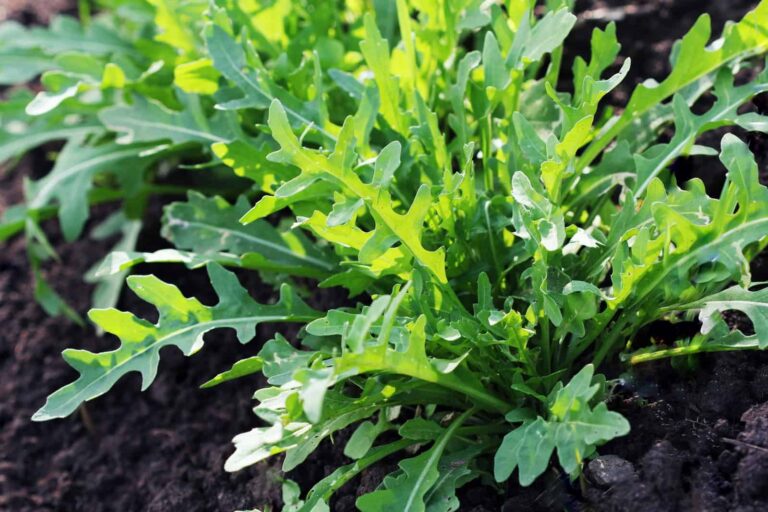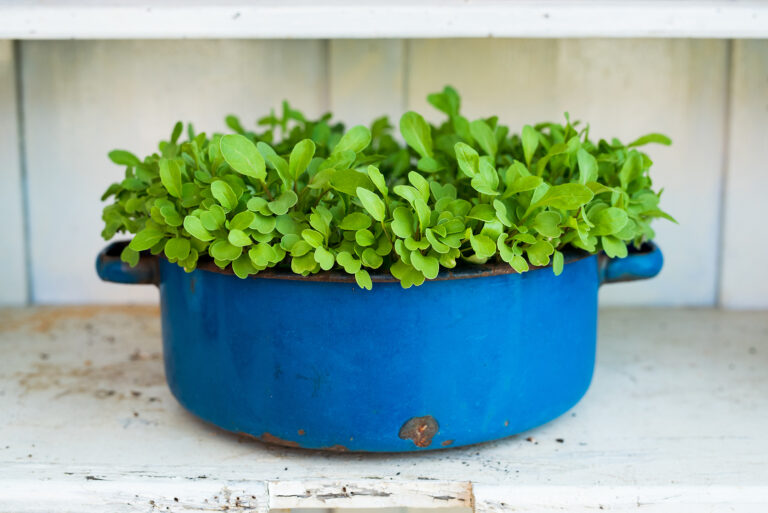How to Fertilize Napa Cabbage for Big, Tight Heads
Growing big, tight Napa cabbage starts with excellent soil fertility and consistent nutrient support. After more than three decades growing cool-season brassicas in raised beds and wide rows, I’ve learned that Napa cabbage responds best to rich, steady nutrition—not heavy, one-time feeding. This guide blends research-backed recommendations with my own garden-tested strategies to help you grow full, well-wrapped heads every time.
Why Fertility Matters for Napa Cabbage
Napa cabbage grows fast—often reaching maturity in 60–80 days. That speed requires sustained access to nitrogen, calcium, and steady organic matter. When fertility isn’t adequate, plants develop:
- Loose or elongated heads
- Pale or thin leaves
- Slow growth
- Tip burn (from poor calcium uptake)
- Increased susceptibility to bolting
A well-fed Napa cabbage is dense, crisp, and sweet.
Start with Rich, Well-Amended Soil
Before planting, mix into the bed:
- 2–3 inches of aged compost (my standard base amendment each season)
- A balanced organic fertilizer (such as 4-4-4 or 5-5-5) at label rate
- Additional nitrogen if your soil is sandy or leans low-organic
Compost not only feeds the crop but helps regulate moisture—critical for nutrient uptake.
Fertilizing Schedule for Napa Cabbage
1. At Planting Time
Apply:
- A balanced organic fertilizer (½–1 cup per plant for granular types)
- Bone meal for strong early root development
- A compost-rich planting hole to give seedlings an easy start
2. Two Weeks After Transplanting
Side-dress with:
- High-nitrogen organic fertilizer (blood meal, feather meal, alfalfa meal, or fish emulsion)
This encourages early leaf expansion, which ultimately determines head size.
3. Mid-Growth Boost (About 30 Days In)
This is the most important feeding. Apply:
- Fish emulsion + kelp (liquid drenched weekly or biweekly)
- Or side-dress with nitrogen fertilizer sprinkled around plants and watered in
In my garden, consistent mid-growth feeding nearly always results in dense, uniform heads.
4. Stop Fertilizing 2–3 Weeks Before Harvest
Excess nitrogen too late can cause:
- Loose heads
- Reduced storage quality
- More susceptibility to pests
Allow the plant to firm up naturally as it finishes.
How Much Nitrogen Does Napa Cabbage Need?
Napa cabbage is a heavy feeder, similar to broccoli and cauliflower.
Aim for:
- 3–4 pounds of nitrogen per 1,000 square feet across the entire season
(Organic amendments release slowly, so this amount is not overwhelming.)
If using liquid fertilizer, apply at half-strength weekly for steady growth.
Best Fertilizers for Big, Tight Heads
Organic Options (My Preferred Choices)
- Compost – foundational slow-release nutrients
- Fish emulsion – quick nitrogen for leafy growth
- Alfalfa meal – boosts microbial life and steady nitrogen
- Feather meal – slow, consistent nitrogen
- Kelp – micronutrients for stress resistance
- Bone meal – root and early growth support
Synthetic Options
Use sparingly and follow label rates—Napa cabbage can bolt or burn under excess salts.
Tips to Improve Nutrient Uptake
Even the best fertilizer won’t help if plants can’t absorb it.
- Keep soil evenly moist, not wet.
- Maintain soil pH 6.5–7.0 for optimal calcium and nitrogen uptake.
- Avoid root stress—consistent watering prevents nutrient lockout.
- Mulch early to stabilize soil temperature and moisture.
In my garden, mulching alone improves nutrient access dramatically in warm spring weather.
Common Fertilizing Mistakes
Avoid these problems to ensure tight head formation:
- Too much nitrogen late → loose heads
- Uneven watering → tip burn, splitting
- Low calcium → leaf edge damage
- Feeding only once → uneven growth and small plants
Napa cabbage prefers steady nourishment—not feast and famine.
Final Thoughts
With rich soil, consistent feeding, and regular mid-season nutrient boosts, Napa cabbage grows rapidly and forms the large, compact heads cooks and gardeners love. A little attention to nutrition goes a long way—especially for a crop that grows as fast and vigorously as this one.
Napa Cabbage Learning Hub
Start here: The Ultimate Guide to Growing Napa Cabbage
Napa Cabbage Planting & Timing
- When to Plant Napa Cabbage in Spring and Fall
- Napa Cabbage Planting Calendar: Month-by-Month Guide
- Best Soil and Site Conditions for Napa Cabbage
Napa Cabbage Starting & Transplanting
- How to Start Napa Cabbage Indoors Under Lights
- Direct Seeding vs. Transplanting Napa Cabbage: Pros and Cons
- How to Harden Off and Transplant Napa Cabbage for Strong Growth
Napa Cabbage Care
- Watering Napa Cabbage: How Much and How Often
- How to Fertilize Napa Cabbage for Big, Tight Heads
- Protecting Napa Cabbage from Heat, Bolting, and Sun Stress
Pests & Diseases
Harvest & Storage
- How to Harvest Napa Cabbage Without Splitting or Cracking
- Storing Napa Cabbage for Weeks: Simple Home Preservation Tips
Containers & Small Spaces
Varieties
- Best Napa Cabbage Varieties for Home Gardeners
- Short-Season Napa Cabbage Varieties for Cool Climates
Companion Planting





